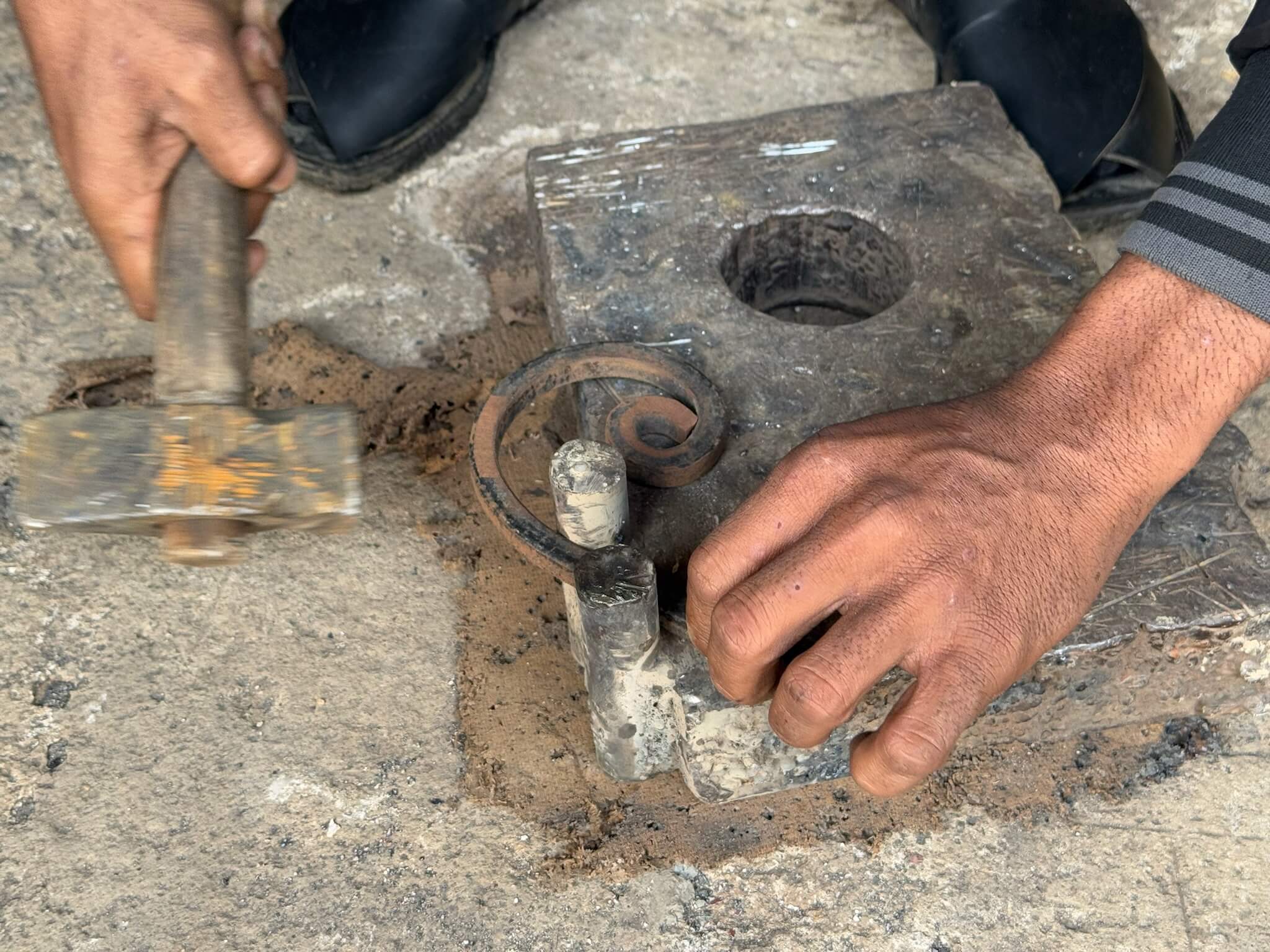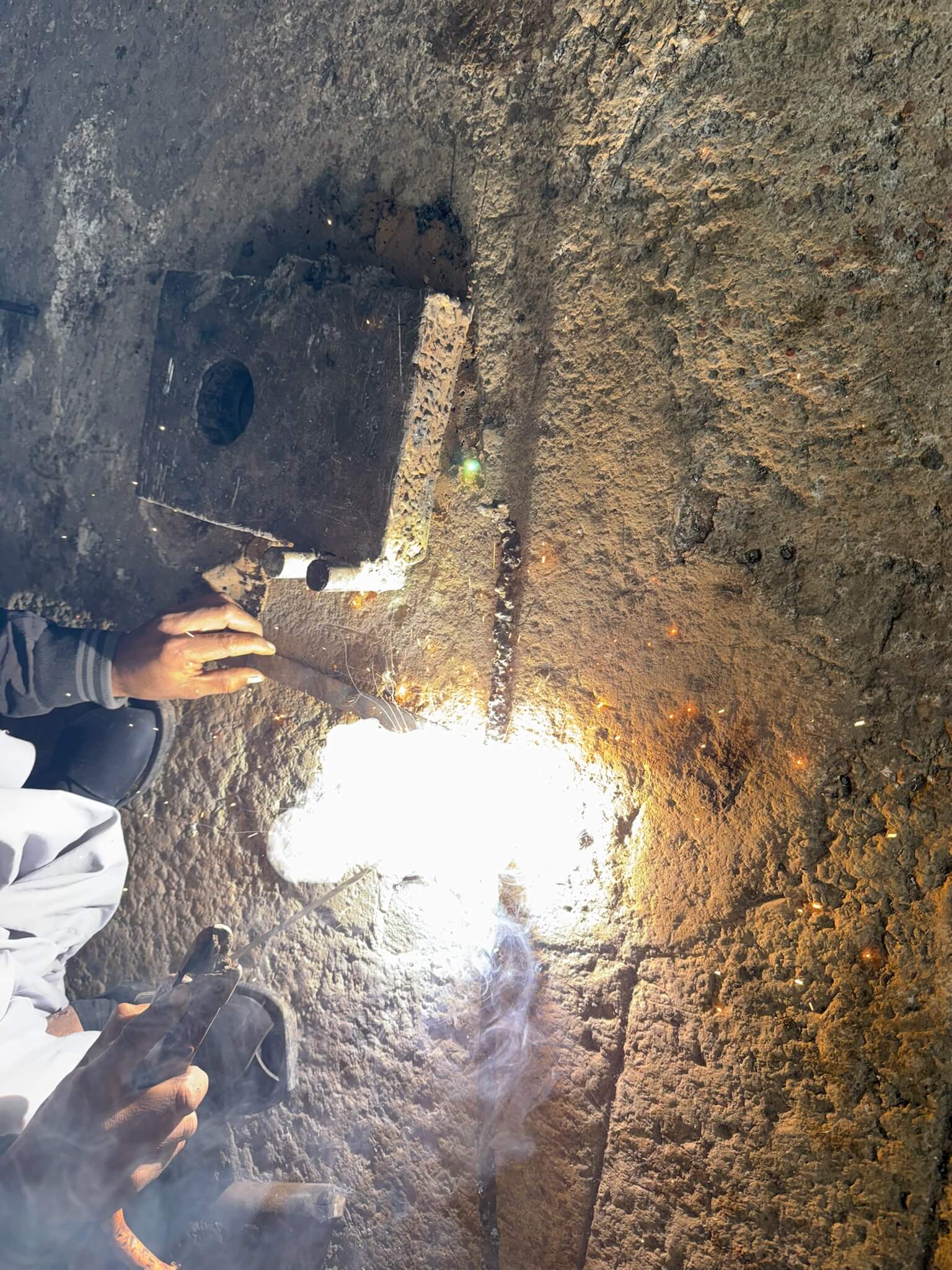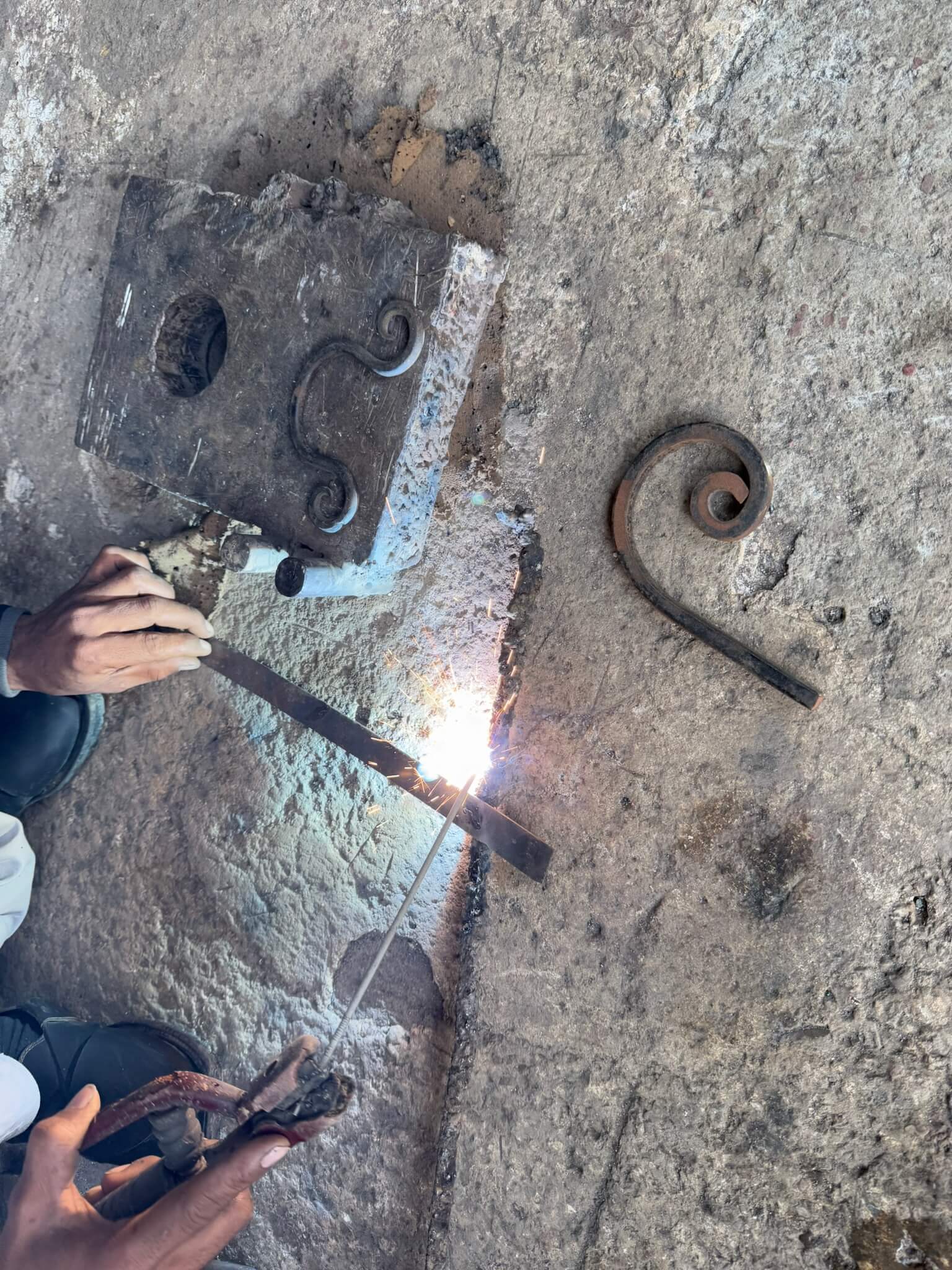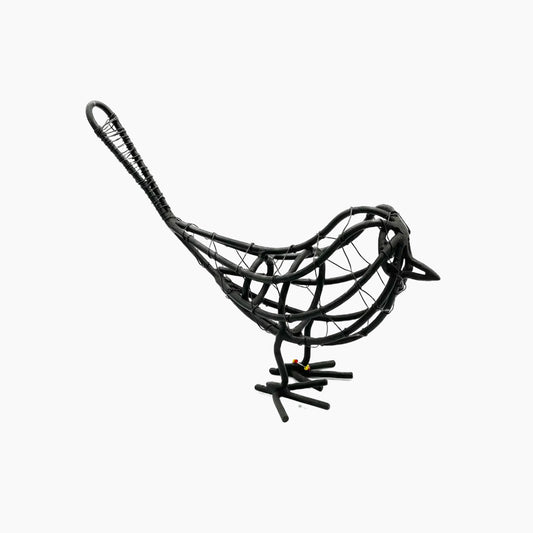Karachi, Sindh
Forging
Forging is an ancient metalworking craft that involves shaping metal through the application of heat and force. This traditional craft has been practiced in Pakistan for centuries, with blacksmiths (lohars) using hammers, anvils, and furnaces to transform raw metal into durable tools, weapons, and decorative items. The forging process is characterized by its ability to produce strong, long-lasting products by repeatedly heating and hammering metal into the desired shape.



Collapsible content
Craftsmanship and Techniques
The forging process begins by heating metal, such as iron or steel, in a forge until it becomes malleable. Once heated, the blacksmith uses a hammer and other tools to pound the metal into shape, often repeating this process several times to achieve the required form and strength. There are various forging techniques used, including hand forging, open-die forging, and closed-die forging, depending on the complexity and size of the piece being made. This technique not only enhances the strength of the material but also allows for intricate detailing, especially in decorative and functional objects.
Cultural and Historical Significance
Forging has played an important role in Pakistan’s history, particularly in the creation of tools and weapons for everyday use and warfare. Blacksmiths were once central figures in villages, providing essential items for agricultural and domestic purposes. The craft continues to be a symbol of strength and durability, with many families still relying on forged tools for farming and construction.
Modern Relevance
While forging remains an essential craft in rural Pakistan, it has also gained appreciation in the modern world for its artisanal value. Hand-forged metal items are sought after for their craftsmanship, durability, and rustic appeal. Blacksmiths today are blending traditional techniques with contemporary design, creating products that appeal to both functional and aesthetic needs in local and global markets.

